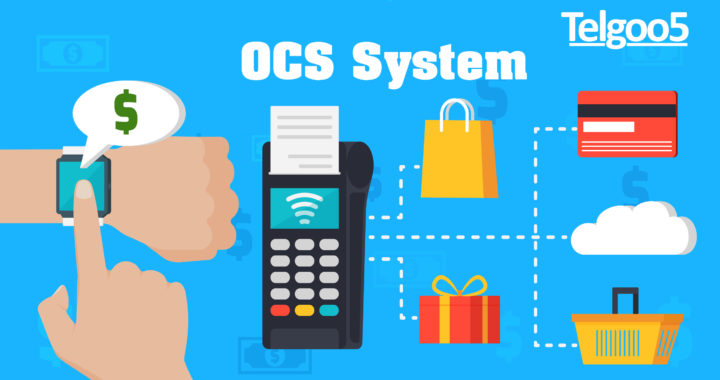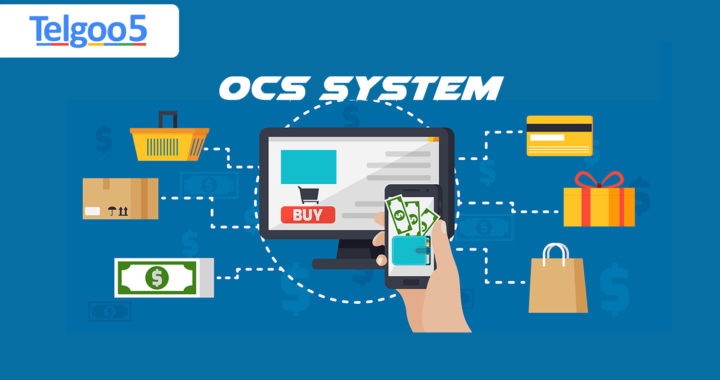The telecommunications industry is undergoing a rapid transformation, driven by the increasing demand for digital services, the proliferation of connected devices, and the emergence of new technologies such as 5G and the Internet of Things (IoT). To stay competitive and generate new revenue streams, telecom operators are turning to Online Charging Systems (OCS) as a key enabler of their digital transformation strategy. In this blog post, we will explore the future of telecom revenue with OCS charging systems and how they are helping operators to monetize new services, improve customer experience, and drive growth in the digital era.
Continue readingCategory Archives: Online Charging System
The Evolution of Online Charging Systems (OCS) in Telecommunication
The telecommunications industry has witnessed a remarkable transformation over the past few decades, with the advent of advanced technologies and the growing demand for seamless connectivity. At the heart of this evolution lies the development of Online Charging Systems (OCS), which have revolutionized the way telecom operators manage and monetize their services. In this comprehensive blog post, we will delve into the history and progression of OCS, exploring its impact on the telecom landscape and the key milestones that have shaped its journey.
Continue readingWhat Should an Online Charging System Platform Provide to an MVNA?
OCS system is permitting an MVNA and a communications service provider to charge their customers, in real time, based on service usage. The OCS helps enhance the system by dividing business activities and decreasing technical and trader reliance and decreasing the favor for new services.
Continue readingOffering an Online Charging System is Needed and Here’s Why
Let’s just cut right to the chase; if you and your business are looking to become a household mobile virtual network operator (MVNO) brand, you need to be offering the most advanced billing and charging solution that you possibly can.
Continue readingCan Your Business Thrive Without Online Charging?
The purpose of a business is to generate revenue. Businesses that do not do so are going to crumble and fail before they can ever get off of the ground. Therefore, the importance of the charging systems that your business offers is crucial.
Continue readingHow an Online Charging System Can Help You Save Costs
For any telecom company, an online charging system (OCS) is a necessity rather than a luxury.
When set up the right way, an OCS system can help you provide better services to clients. With its smooth service delivery and automation of various billing processes, it is a charging system telecom companies rely upon to improve their operations by a large margin.
Continue readingPrevent Your Customers from Bill Shock with a Future Proof Online Charging System
In the world of telecom, a bill shock is the surest way to lose your customers. You can do everything right, from creating the perfect plan to delivering your services as per expectations, but if your billing is not in place then you are in a world of trouble. Especially for small-scale MVNOs that thrive on supporting small customer bases, an inefficient billing system can sound the death knell for their business. The biggest reasons why many billing systems fail is due to the inefficiency of the OCS. Hence, it makes all the more sense to fix the problem at its source.
Continue readingWhat Should Your Current Online charging system (OCS) Offer?
While there are many tech companies offering online charging solutions, not all are created equal. It’s an extremely technical field. The lingo alone can be overwhelming.
Continue reading






